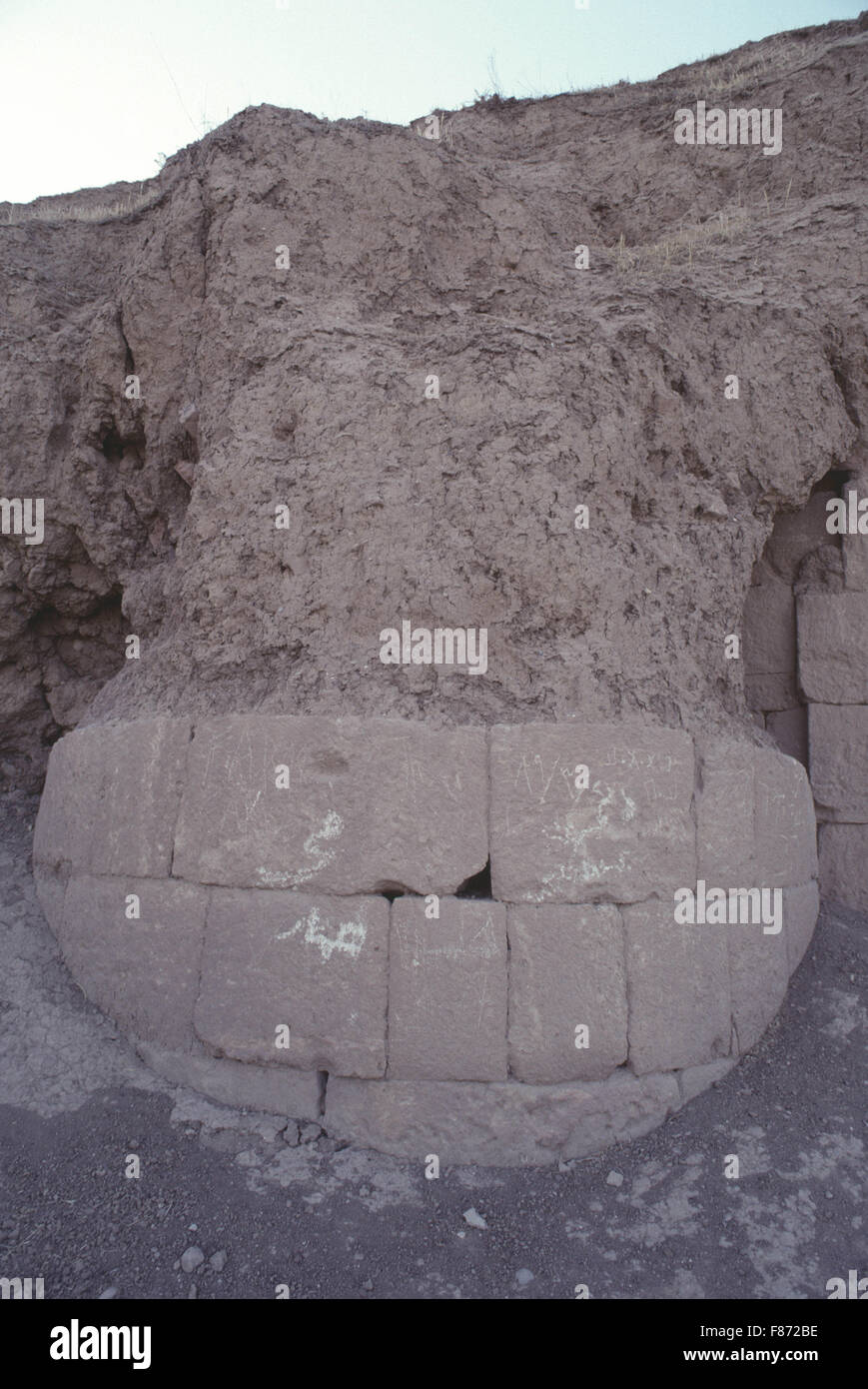

In the present state of our knowledge it seems reasonable to adopt as a working hypothesis the suggestion that the ziggurats developed out of the earlier temples on platforms and that small shrines stood on the highest stages . Erosion has usually reduced the surviving ziggurats to a fraction of their original height, but textual evidence may yet provide more facts about the purpose of these shrines. The likelihood of such a shrine ever being found is remote. It is usually assumed that the ziggurats supported a shrine, though the only evidence for this comes from Herodotus, and physical evidence is non-existent . The number of floors ranged from two to seven.Īccording to archaeologist Harriet Crawford, Kings sometimes had their names engraved on these glazed bricks. The facings were often glazed in different colors and may have had astrological significance. Each step was slightly smaller than the step below it. The sun-baked bricks made up the core of the ziggurat with facings of fired bricks on the outside.

The ziggurat was a mastaba-like structure with a flat top. The ziggurats began as platforms (usually oval, rectangular or square). The precursors of the ziggurat were raised platforms that date from the Ubaid period during the sixth millennium BC. Each ziggurat was part of a temple complex that included other buildings. Ziggurats were built by ancient Sumerians, Akkadians, Elamites, Eblaites and Babylonians for local religions. Society offered them many things such as music, harvest, and creating devotional statues to live in the temple.Ĭhogha Zanbil Ziggurat (model). The Sumerians believed that the Gods lived in the temple at the top of the Ziggurats, so only priests and other highly respected individuals could enter. Notable ziggurats include the Great Ziggurat of Ur near Nasiriyah, the Ziggurat of Aqar Quf near Baghdad, the now destroyed Etemenanki in Babylon, Chogha Zanbil in Khūzestān and Sialk. It has the form of a terraced compound of successively receding storeys or levels. Ī ziggurat ( / ˈ z ɪ ɡ ʊ ˌ r æ t/ Cuneiform: 𒅆𒂍𒉪, Akkadian: ziqqurratum, D-stem of zaqārum 'to protrude, to build high', cognate with other Semitic languages like Hebrew zaqar (זָקַר) 'protrude' ) is a type of massive structure built in ancient Mesopotamia. The original pyramidal structure, the "Anu Ziggurat", dates to the Sumerians around 4000 BC, and the White Temple was built on top of it circa 3500 BC. 390–391.Anu ziggurat and White Temple at Uruk. The Oxford Encyclopedia of Archaeology in the Near East.

Cultural Atlas of Mesopotamia and the Ancient Near East. Die Entwicklung der Zikurrat von ihren Anfängen bis zur Zeit der III. The Canadian Society for Mesopotamian Studies Bulletin. Jaarbericht van het Vooraziatisch-Egyptisch Genootschap Ex Oriente Lux. 'L´origine et évolution de la ziggurat babylonienne'. ^ Aramco World Magazine, March–April 1968, pp.'The Tower of Babel: Archaeology, history, and cuneiform texts' (PDF). Archäologische Mitteilungen Aus Iran and Turan (41): 1–17. 'The Neolithic to Chalcolithic Transition in the Qazvin Plain, Iran: Chronology and Subsistence Strategies'. Oxford: British Association for Near Eastern Archaeology and Oxbow Books. The Neolithisation of Iran: the formation of new societies. It is the largest ziggurat outside of Mesopotamia and the best preserved of this type of stepped pyramidal monument. ^ see also Akkadian zaqru 'protruding, high', corresponding to Hebrew zaqur (זָקוּר) 'protruding out, upwards'.^ Crüsemann, Nicola Ess, Margarete van Hilgert, Markus Salje, Beate Potts, Timothy (2019).See Category:Ziggurat style modern architecture List of ziggurats


 0 kommentar(er)
0 kommentar(er)
